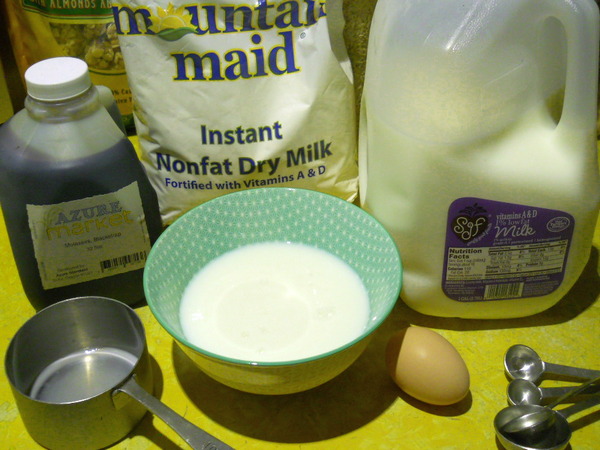http://hillsidefarmhawaii.com/blog/2018/20180801.html
We've had good luck with this recipe to make replacement rabbit milk, should you need it. It's pretty much made with basic kitchen supplies except for the bone meal. You can find that at a hardware store in the gardening section. I keep a small box of bone meal at hand just in case we need to make up bunny milk. And an eye dropper works better than a syringe for feeding newborns. Just be careful not to get milk up their nose or they suffocate.
It's really best, though, to let the mum bun do all the work. Support the mum bun all you can. Mine get as much feed as they want and lots of water. Sometimes they will get some calf manna after giving birth, if I have any on hand. They continue to get as much feed and water as I can get them to eat until the kits are about five weeks old. Around then she will start weaning them and the demand on her for feeding will lessen.
Depending on the doe, you can be more present and hands on, but the key to that is '
depending on the doe'. Our rabbits are handled literally at birth so they are really used to us and don't mind us fussing with them, the kits or the nest. However, if the doe isn't used to being handled or if she acts nervous, make sure she has food, water, nesting material (hay, dried grasses, wool pulled earlier, etc.) and a nest box to put it in. Then pretty much leave her to it. Quietly drifting in to see if there's any kits on the wire is good if it doesn't upset the doe. If you have a spare nanny cam you could set it up in the nest area? That would save having to disturb the doe.
Once she has them, don't worry if she stays as far away from the nest as possible, that's normal and you may not ever see her feed them. Check them to see if they're fat, if they're fat and not wrinkly, then they're being fed. Don't take visitors to the nest to see the babies for at least the first two weeks if you can help it. Especially if you have a nervous doe.








